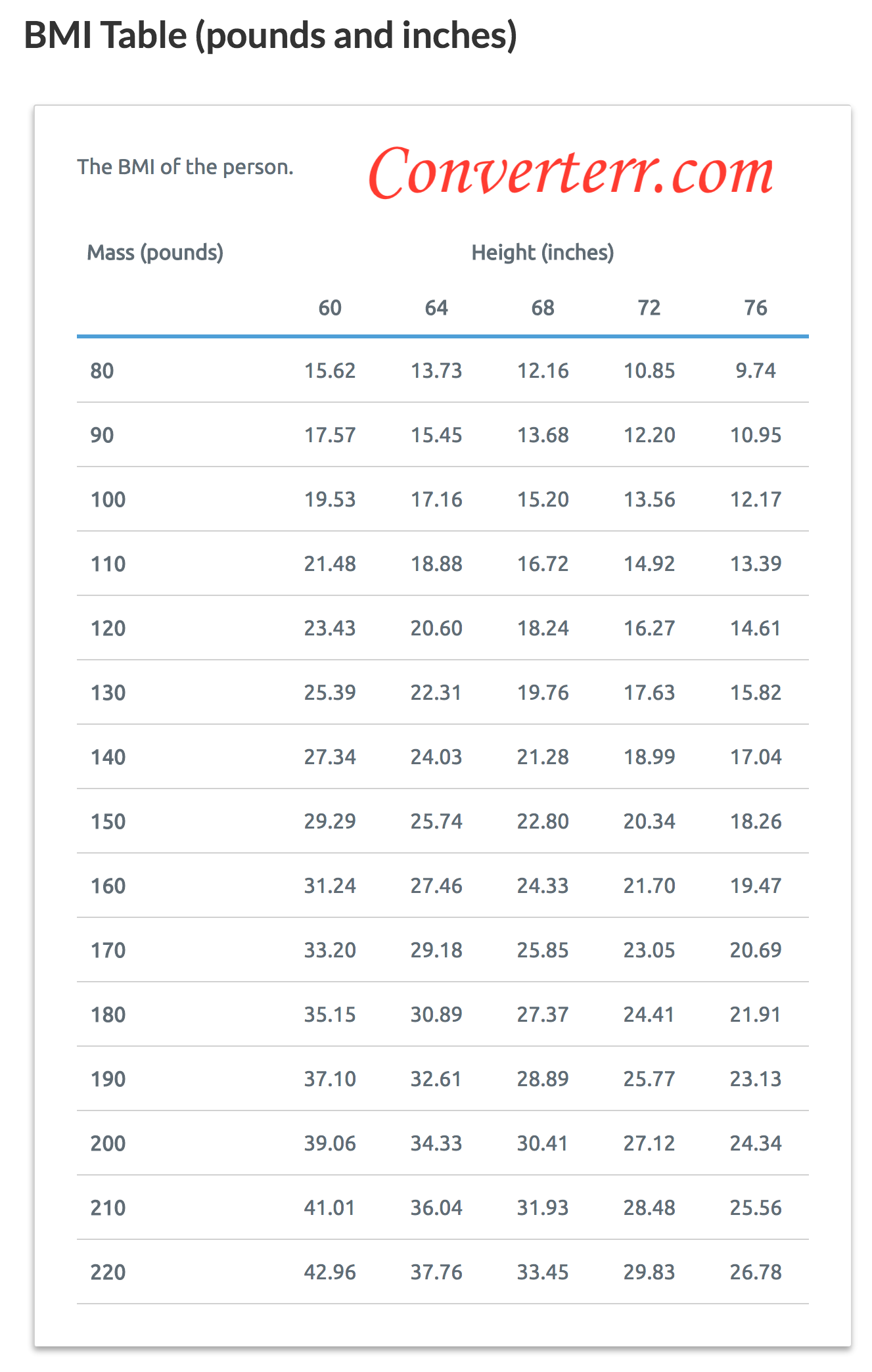

2000 CDC Growth Charts for the United States: methods and development. Managing Overweight and Obesity in Adults: Systematic Evidence Review from the Obesity Expert Panel ġ1Kuczmarski, R.J. Comparison of bioelectrical impedance and BMI in predicting obesity-related medical conditions.

Relation of body mass index and skinfold thicknesses to cardiovascular disease risk factors in children: the Bogalusa Heart Study. Estimates of excess deaths associated with body mass index and other anthropometric variables. Association between general and central adiposity in childhood, and change in these, with cardiovascular risk factors in adolescence: prospective cohort study.

Comparison of dual-energy x-ray absorptiometric and anthropometric measures of adiposity in relation to adiposity-related biologic factors. Comparison of body fatness measurements by BMI and skinfolds vs dual energy X-ray absorptiometry and their relation to cardiovascular risk factors in adolescents. Body fat throughout childhood in 2647 healthy Danish children: agreement of BMI, waist circumference, skinfolds with dual X-ray absorptiometry. A comparison of the Slaughter skinfold-thickness equations and BMI in predicting body fatness and cardiovascular disease risk factor levels in children. Quetelet’s index (W/H2) as a measure of fatness. A trained healthcare provider should perform appropriate health assessments to evaluate an individual’s health status and risks.ġGarrow, J.S. While, a person with a very high BMI (e.g., 35 kg/m 2) is very likely to have high body fat, a relatively high BMI can be the results of either high body fat or high lean body mass (muscle and bone). The accuracy of BMI as an indicator of body fatness also appears to be higher in persons with higher levels of BMI and body fatness 16. At the same BMI, athletes have less body fat than do non-athletes.At the same BMI, older people, on average, tend to have more body fat than younger adults.At the same BMI, the amount of body fat may be higher or lower depending on the racial/ethnic group 13-15.At the same BMI, women tend to have more body fat than men.The correlation between the BMI and body fatness is fairly strong 1,2,3,7, but even if two people have the same BMI, their level of body fatness may differ 12. Top of Page How good is BMI as an indicator of body fatness? This would place the boy in the 95 th percentile for BMI – meaning that his BMI is greater than that of 95% of similarly aged boys in this reference population – and he would be considered to have obesity.įor more information and to access the CDC Growth Chartsįor adults, the interpretation of BMI does not depend on sex or age. For example, a 10-year-old boy of average height (56 inches) who weighs 102 pounds would have a BMI of 22.9 kg/m 2. Obesity among 2- to 19-year-olds is defined as a BMI at or above the 95 th percentile of children of the same age and sex in this 1963 to 1994 reference population. These percentiles were determined using representative data of the US population of 2- to 19-year-olds that was collected in various surveys from 1963-65 to 1988-94 11. The CDC BMI-for-age growth charts take into account these differences and visually show BMI as a percentile ranking.

Children and teen’s BMI need to be age and sex-specific because the amount of body fat changes with age and the amount of body fat differs between girls and boys. For more information about interpretation for children and teens, read – What is a BMI percentile and how is it interpreted? Is BMI interpreted the same way for children and teens as it is for adults?īMI is interpreted differently for children and teens, even though it is calculated using the same formula as adult BMI. For children and teens, the interpretation of BMI depends upon age and sex.


 0 kommentar(er)
0 kommentar(er)
